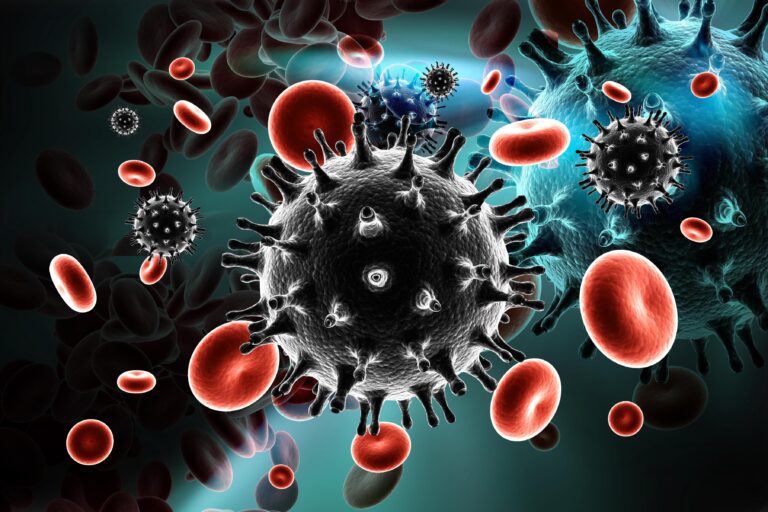The Decline of HIV/AIDS in Myanmar
Myanmar has made significant strides in reducing the rate of HIV/AIDS over the past decade. According to recent studies, new infections and AIDS-related deaths have drastically decreased, highlighting successful public health initiatives.
Government Initiatives
The Myanmar government has implemented various programs aimed at tackling the HIV epidemic. With the support of international organizations, these initiatives focus on providing essential treatment and prevention services.
Community Engagement
Community engagement has played a crucial role in the decline of HIV/AIDS in Myanmar. Local organizations have worked tirelessly to raise awareness and reduce stigma associated with the disease, leading to increased testing and treatment uptake.
Access to Antiretroviral Therapy
Access to antiretroviral therapy (ART) has improved significantly in Myanmar. Individuals living with HIV now have greater access to life-saving medications, resulting in better health outcomes and quality of life.
Learning from Global Models
Myanmar’s approach to combating HIV/AIDS takes inspiration from global best practices. By studying successful models from countries with similar demographics, health officials have adapted these strategies to fit local needs.
Challenges Ahead
Despite the progress, challenges remain in the fight against HIV/AIDS in Myanmar. The country continues to face issues such as limited healthcare resources and varying levels of public health infrastructure.
Continued Investment in Public Health
Continued investment in public health is vital for sustaining progress against HIV/AIDS in Myanmar. Increased funding and resources are essential to maintain and expand the services necessary to combat this disease effectively.
Conclusion
The decline of HIV/AIDS in Myanmar is a testament to the combined efforts of the government, community organizations, and international partners. As ongoing efforts continue, there is hope for an even brighter future in the fight against this epidemic. For more information, visit The Borgen Project.

